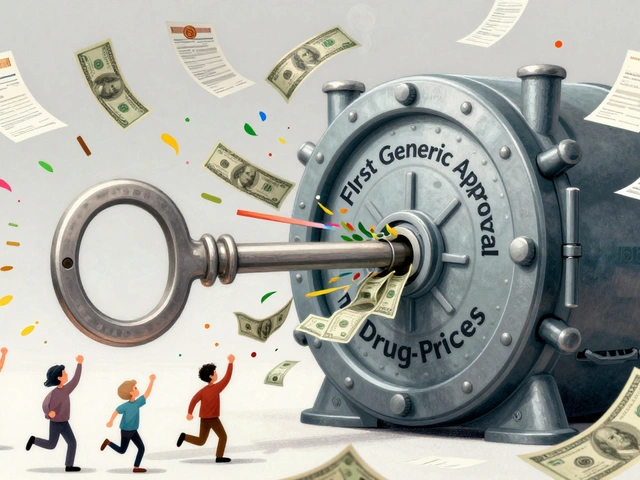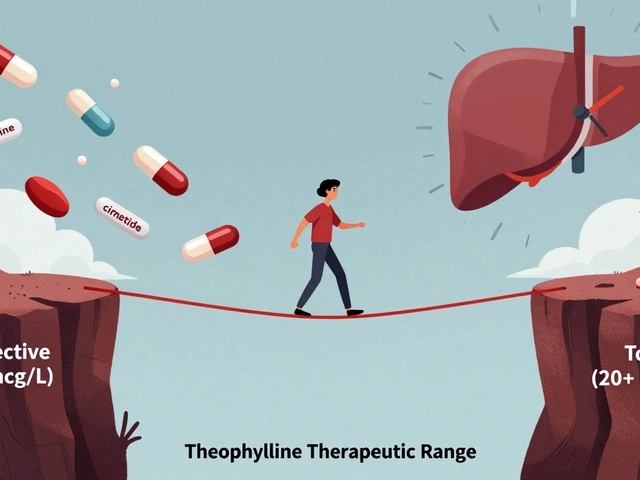Dosage: Practical Tips for Taking Medicines Safely
Getting the dose right matters more than you might think. Too little and the medicine won’t work; too much and you risk harm. This page gives straightforward, usable advice on reading dose instructions, measuring medicines, and avoiding common mistakes.
Start by reading the label and the prescription. Dose information usually shows three things: the amount (mg, mL), how often (once a day, every 8 hours), and the route (oral, topical, inhaled). If any of those three items is unclear, ask the pharmacist before you take the first dose. Don’t rely on memory or guesswork.
Measuring and giving the right dose
For liquid medicines, use the injector or measuring cup that comes with the product. Kitchen spoons are inconsistent—never use them. If you need to split tablets, only split tablets that are scored and approved for splitting. Some tablets are extended-release or coated; breaking them can release too much drug at once.
For kids, doses are usually weight-based. Providers often write doses like “5 mg/kg.” If you’re given a weight-based dose, double-check the math and confirm the child’s current weight. For infants and small children, a pharmacy syringe is the safest tool for accurate dosing.
When taking multiple medicines, watch for overlapping active ingredients. For example, many cold products contain acetaminophen; taking them with your regular pain medicine can accidentally double your dose. Keep a list of everything you take and show it to your pharmacist or doctor.
Timing, missed doses, and special situations
Some meds work best with food, others on an empty stomach. Follow the label: “take with food” means it helps absorption or reduces stomach upset; “take on an empty stomach” usually means food interferes with the drug. If you miss a dose, the label or prescriber instructions will usually tell you whether to take it as soon as you remember or skip it. If you’re unsure, don’t double up without checking first.
Kidney or liver problems often change the right dose. Older adults may need lower doses. If you or the person you care for has a chronic condition, ask the prescriber if dose adjustments are needed.
Buying meds online? Make sure the pharmacy requires a prescription, has clear contact info, and shows a real license or accreditation. If a site offers huge discounts on prescription-only drugs without asking for a prescription, that’s a red flag.
Keep emergency numbers handy: your local poison control center and your doctor. If someone takes too much, or shows severe side effects like fainting, trouble breathing, severe rash, or confusion, get medical help right away.
Want quick checks before you take a drug? Use the checklist below.
- Read the label: amount, frequency, route.
- Measure liquids with the provided tool.
- Don’t split unscored or extended-release tablets.
- Check for duplicate active ingredients.
- Confirm pediatric doses by weight.
If you want drug-specific dosing tips, browse our posts under the "dosage" tag on PowPills.com—articles cover many common meds and real-world dosing questions to help you stay safe and informed.
Motrin: Everything You Need to Know About Ibuprofen Pain Relief
Find out what Motrin is, how it works, when to take it, and what side effects to watch for. This article explores the science behind Motrin, tips for safe use, myths about ibuprofen, and answers common questions. Get trustworthy, practical info to take charge of your pain relief decisions.






